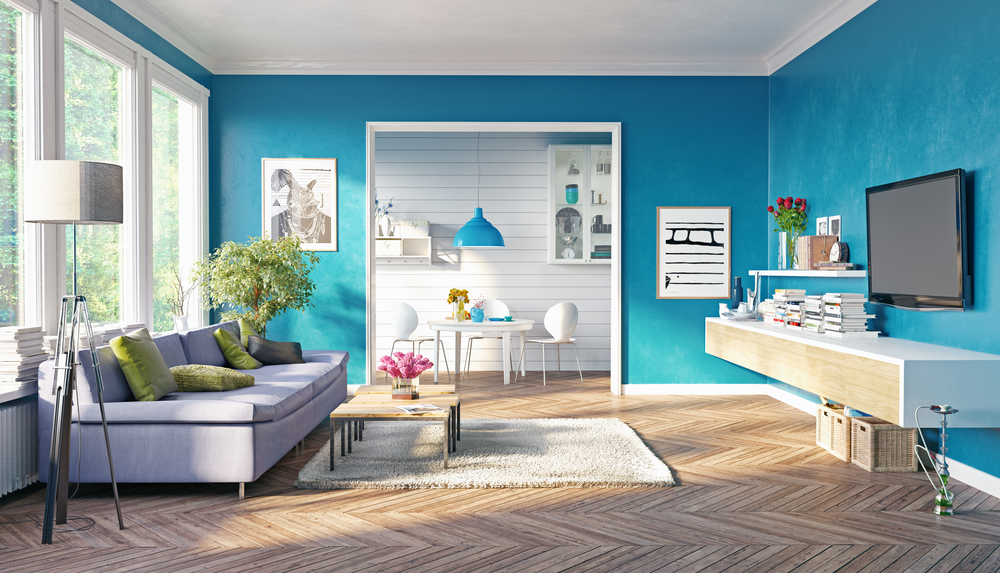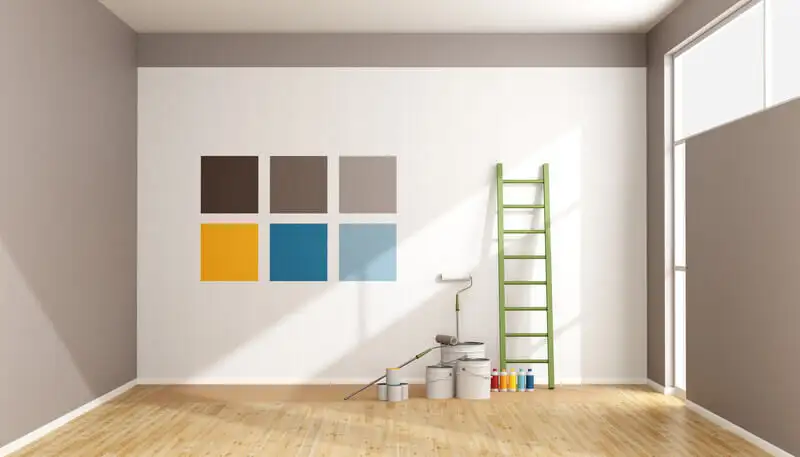High-Quality Lakewood Interior Painting to Enhance the Beauty of Your Space
High-Quality Lakewood Interior Painting to Enhance the Beauty of Your Space
Blog Article
Enhance Your Inside Design With Comprehensive Color Appointment
The assimilation of shade consultation into interior decoration presents a distinct chance to improve and boost the emotional and aesthetic resonance of a room. By involving with a skilled color expert, you can browse the intricacies of color choice, making certain that your options not just enhance architectural attributes however additionally reverberate with personal design and emotional effect. This critical partnership can substantially affect the total ambience of your atmosphere, promoting a sense of harmony and objective. Nonetheless, understanding the subtleties of this process is important-- what essential elements should be taken into consideration to achieve ideal outcomes?
Benefits of Shade Appointment

Additionally, shade examination aids in optimizing natural light and optimizing spatial understanding. Lighter colors can make a room appear more large, while darker shades create an intimate setting. Cleveland Metro Painting Specialists. This strategic application of shade can dramatically affect the overall ambiance of any kind of interior space
Additionally, specialist experts possess a thorough understanding of timeless classics and current trends, guaranteeing that the picked colors will stay appealing in time. This insight can save clients from pricey redesigns in the future. Shade appointment encourages clients by offering them with a clear vision and instructions, fostering confidence in their design choices and ultimately leading to a more rewarding and successful interior style outcome.
Recognizing Color Psychology
The importance of shade psychology in indoor style can not be overstated, as it looks into the emotional and psychological effects that different colors can evoke in people. Colors can affect state of mind, habits, and also efficiency, making them a critical factor to consider in any type of design task.
For circumstances, warm shades such as red, orange, and yellow are frequently connected with power and heat. They can stimulate feelings of enjoyment and convenience, making them suitable for social areas like living areas or cooking areas. Alternatively, trendy shades like blue, green, and purple have a tendency to evoke calmness and serenity, making them optimal for rooms or reflection locations.
Additionally, using neutral tones can create a balanced atmosphere by enabling the bolder shades to stand apart without frustrating the detects. Comprehending these mental effects makes it possible for designers to produce areas that not only look aesthetically pleasing yet likewise promote emotional well-being.
Incorporating shade psychology into interior decoration involves a thoughtful selection of hues tailored to the intended feature of each room, ultimately enhancing the overall experience for its owners. This understanding is important for attaining a functional and unified interior atmosphere.
The Color Wheel Clarified
It comprises key shades-- red, blue, and yellow-- that can not be produced by blending various other colors. Tertiary colors result from mixing a main and a secondary color, leading to tones such as red-orange and green.
The shade wheel assists developers realize the relationships between colors, consisting of complementary, comparable, and triadic schemes. Complementary shades, positioned contrary each other on the wheel, develop vibrant contrasts that can invigorate an area.
Making use of the shade wheel in interior design not just boosts visual charm but additionally stimulates certain emotions and ambiences, making it a critical reference for shade description examination. Understanding these partnerships inevitably empowers developers to produce rooms that are both practical and aesthetically exciting.
Selecting the Right Palette
An appropriate shade plan can combine a room, enhance its features, and evoke desired feelings. Different spaces serve diverse functions and require schemes that you could try these out reflect their desired usage; for instance, tranquil colors such as soft blues or environment-friendlies function well in bedrooms, advertising leisure.
Next, think about the natural light readily available. Light can considerably modify how colors show up, so it is important to evaluate the space at different times of the day. In addition, take into consideration existing architectural elements and home furnishings. An unified palette should match these features, producing a cohesive look throughout the space.
When selecting shades, make use of the 60-30-10 policy, which suggests that 60% of the space must be a dominant color, 30% a secondary color, and 10% an accent color. This ratio guarantees balance and aesthetic interest (Cleveland Metro Painting Specialists). Finally, example colors on the walls prior to devoting, as this allows you to see weblink just how the colors interact with one an additional and the overall setting they create in your indoor style project.
Collaborating With a Color Expert

When working with a shade specialist, the process typically starts with a first appointment. Throughout this meeting, you'll review your vision, preferences, and the existing elements in your space. The expert will evaluate your needs and may recommend particular color combinations that line up with your objectives.
After developing a direction, the consultant will offer samples and aesthetic help to aid you picture the recommended color design. This step is important, as shades can show up in different ways under varying illumination conditions.
In addition, a shade professional can direct you in choosing corresponding home furnishings, art work, and devices to harmonize with your selected palette. By teaming up very closely, you can achieve a refined visual that elevates your insides and creates a welcoming environment. Inevitably, the experience of a shade professional can significantly boost the general impact of your style project.
Conclusion
In summary, extensive shade consultation functions as an essential device for enhancing interior style. By leveraging specialist expertise of color psychology and spatial dynamics, a tailored shade scheme can be established to stimulate specific emotions and produce a harmonious environment. This strategic approach not only cultivates a cohesive layout story however likewise reduces the risk of costly redesigns. Inevitably, involving with a shade professional guarantees an informed and aesthetically pleasing end result, raising the general experience of the room.
By involving with a seasoned shade consultant, you can navigate the complexities of shade selection, guaranteeing that your choices not only enhance architectural attributes however also resonate with personal style and emotional effect. It makes up key colors-- red, blue, and yellow-- that can not be developed by mixing other colors.The color wheel assists developers realize the relationships between colors, consisting of complementary, analogous, and triadic systems.When choosing shades, utilize the 60-30-10 regulation, which suggests that 60% of the room need to be a dominant shade, 30% a second color, and 10% an accent shade. By leveraging expert expertise of shade psychology and spatial dynamics, a tailored shade combination can be created to evoke details emotions and develop an unified setting.
Report this page